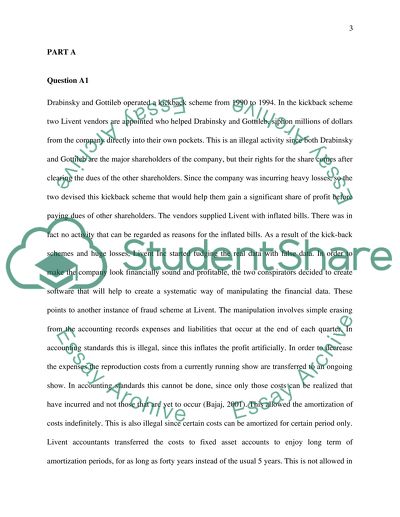Cite this document
(“Drabinsky and Gottileb: Accounting Case Study Example | Topics and Well Written Essays - 4000 words”, n.d.)
Drabinsky and Gottileb: Accounting Case Study Example | Topics and Well Written Essays - 4000 words. Retrieved from https://studentshare.org/finance-accounting/1484334-accounting-case-study
Drabinsky and Gottileb: Accounting Case Study Example | Topics and Well Written Essays - 4000 words. Retrieved from https://studentshare.org/finance-accounting/1484334-accounting-case-study
(Drabinsky and Gottileb: Accounting Case Study Example | Topics and Well Written Essays - 4000 Words)
Drabinsky and Gottileb: Accounting Case Study Example | Topics and Well Written Essays - 4000 Words. https://studentshare.org/finance-accounting/1484334-accounting-case-study.
Drabinsky and Gottileb: Accounting Case Study Example | Topics and Well Written Essays - 4000 Words. https://studentshare.org/finance-accounting/1484334-accounting-case-study.
“Drabinsky and Gottileb: Accounting Case Study Example | Topics and Well Written Essays - 4000 Words”, n.d. https://studentshare.org/finance-accounting/1484334-accounting-case-study.


